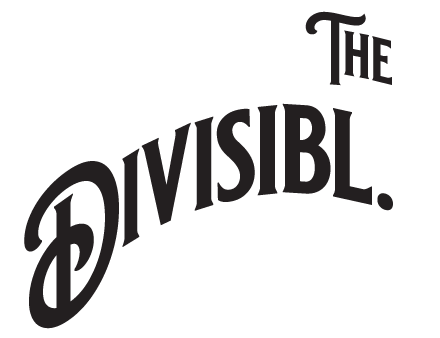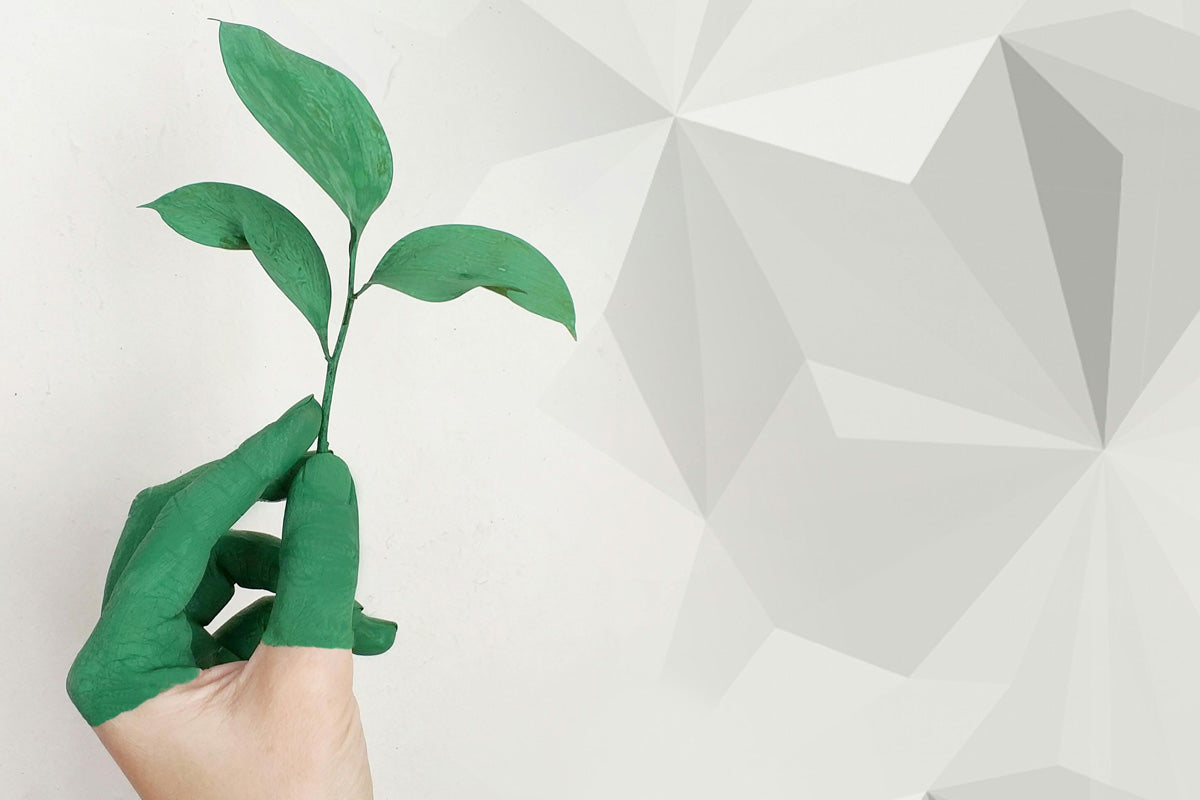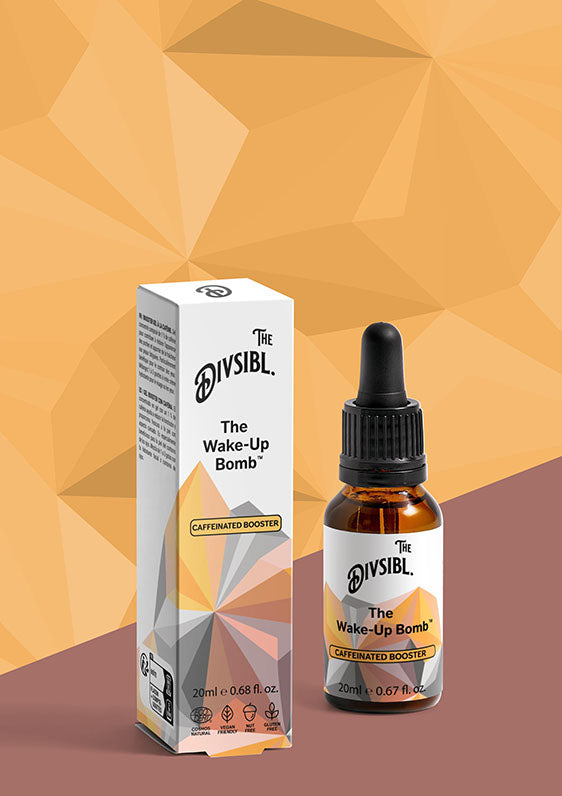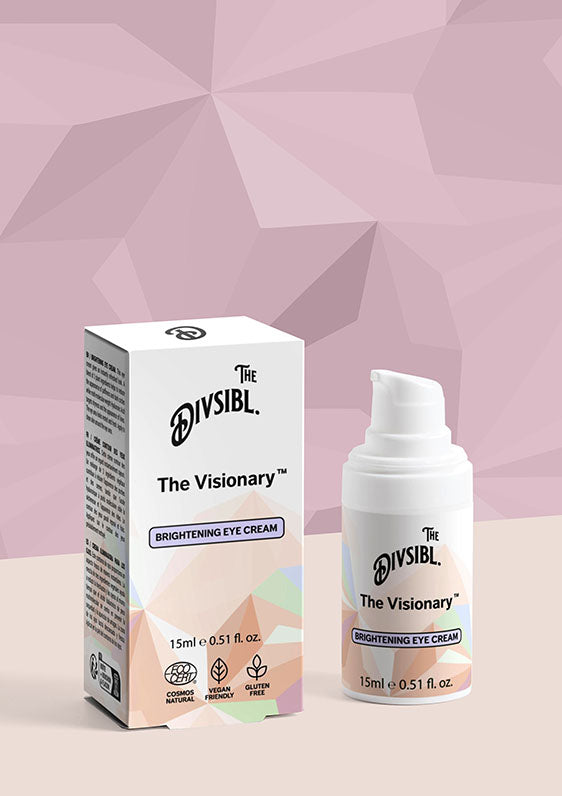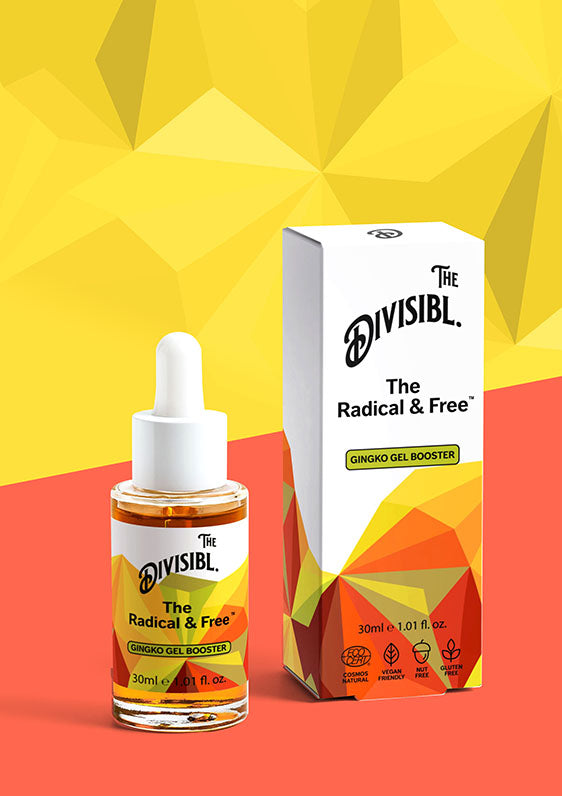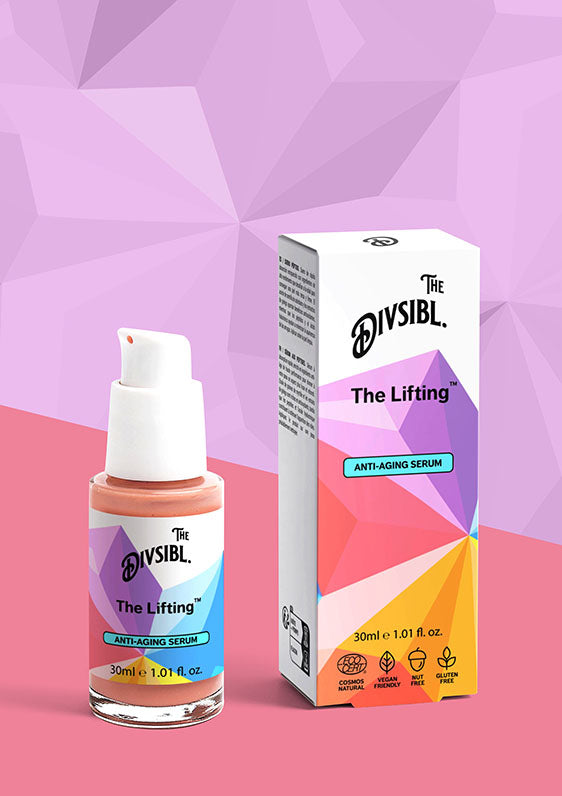Skincare isn’t just about what goes on your skin, it’s about what stays on the planet long after you rinse off.
At The Divisibl, sustainability isn’t a buzzword, it’s a promise. Every ingredient, every formula, and every packaging decision is designed to minimize waste, maximize effectiveness, and challenge industry norms.
But not all brands take this approach. The beauty industry is one of the biggest contributors to environmental waste, with billions of plastic containers discarded each year and questionable ingredient sourcing practices that harm ecosystems and exploit communities.
Let’s break down why clean beauty is more than a trend and how your choices can make a real impact.
The Hidden Cost of Conventional Beauty
1. The Waste Problem
The beauty industry generates over 120 billion units of packaging waste annually, much of it non-recyclable plastic.  Many brands use excessive packaging, prioritizing aesthetics over sustainability.
Many brands use excessive packaging, prioritizing aesthetics over sustainability.
Single-use wipes, plastic-heavy bottles, and unnecessary outer packaging contribute to landfill overflow and ocean pollution. According to sustainability experts, the beauty industry must shift toward circular economy principles, where waste is minimized and resources are reused.
2. Ethical Sourcing Matters
Many skincare ingredients, like shea butter, palm oil, and mica, are sourced in ways that exploit workers and damage ecosystems. 
- Mica mining, for example, has been linked to child labor and unsafe working conditions in certain regions.
- Palm oil production contributes to deforestation, threatening biodiversity and indigenous communities.
Choosing brands that prioritize fair trade, ethical labor practices, and sustainable ingredient sourcing ensures that your skincare routine supports communities rather than exploits them.
3. The Greenwashing Trap
Many brands market themselves as “clean” or “natural” without real sustainability efforts. Terms like “eco-friendly” and “green” are often used without regulation, misleading consumers into thinking they’re making ethical choices. 
True sustainability goes beyond ingredient lists, it includes packaging, supply chains, and long-term environmental impact.
How The Divisibl Does It Differently
We prioritize:
- Eco-conscious ingredients no fillers, no nonsense.
- Sustainable packaging minimal waste, maximum impact.
- Transparency you know exactly what’s in our products and where they come from.
Your skincare routine doesn’t have to be destructive. You can have high-performance formulas AND ethical responsibility.
The Divisibl proves that skincare can be bold, rebellious, and sustainable without compromise.
 Sustainable Beauty: Ethical Sourcing and Clean Supply Chains
Sustainable Beauty: Ethical Sourcing and Clean Supply Chains
 Sustainable, Natural & Ethical Skincare: A Complete Guide
Sustainable, Natural & Ethical Skincare: A Complete Guide
 Top Strategies for Sourcing Cosmetic and Personal Care Ingredients | BeautyMatter
Top Strategies for Sourcing Cosmetic and Personal Care Ingredients | BeautyMatter
